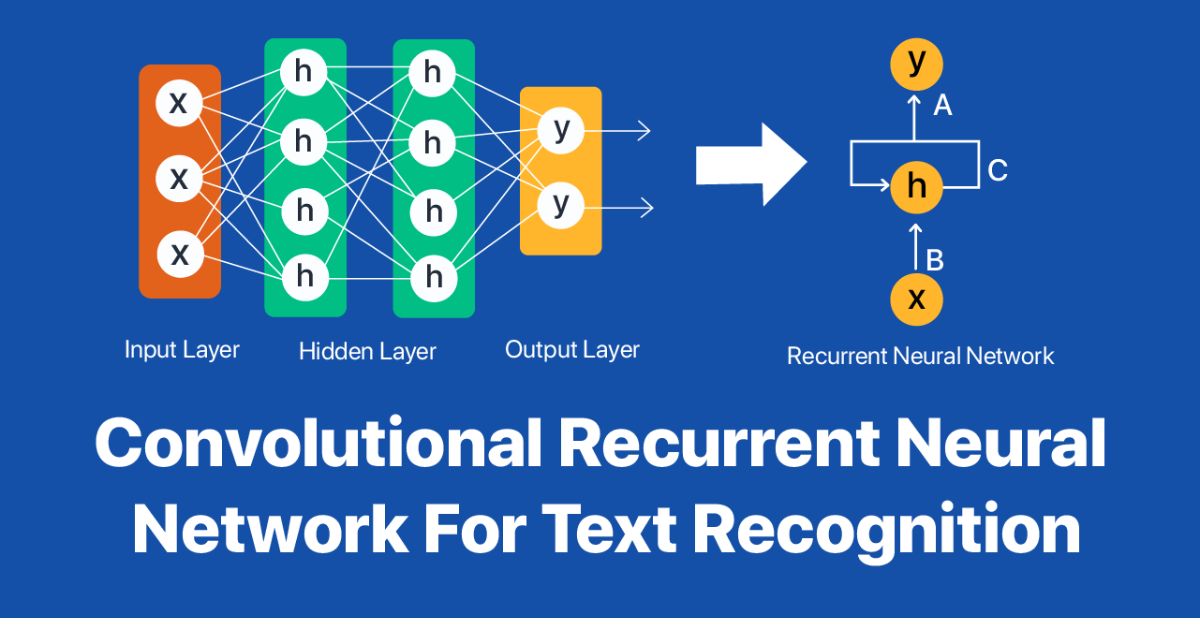Behind the Scenes: How Compression Algorithms Work in 2025
October 24, 2025 · 6 min read • #AI#compression#image optimization#machine learning#WebP#AVIF#neural networks
Compression has come a long way since the early days of JPEG and PNG.
In 2025, the science behind it combines AI, predictive modeling, and perceptual analysis, creating smaller, sharper, and faster-loading images than ever before.
🌐 The Evolution of Compression Technology
For decades, compression was a purely mathematical process.
Algorithms like JPEG, PNG, and GIF relied on formulas that looked for repeating data patterns to remove redundancy.
While efficient, these methods lacked contextual awareness — they didn’t “understand” what was inside an image.
Fast forward to 2025, and the story has changed.
AI-powered compression uses deep learning models that analyze an image’s content and importance, deciding what can be reduced while keeping key visual elements crisp.
Related: AI vs Traditional Algorithms: Who Wins in Image Optimization?
🧠 How Compression Algorithms Work: The Fundamentals
At their core, compression algorithms rely on three core principles:
- Redundancy Removal — Eliminate repetitive information.
- Entropy Encoding — Store essential data efficiently.
- Perceptual Optimization — Keep details that matter most to human vision.
There are two main types:
- Lossless Compression — No data is lost (e.g., PNG, FLIF).
- Lossy Compression — Some data is removed to save space (e.g., JPEG, WebP, AVIF).
In 2025, most algorithms blend these two techniques intelligently — preserving quality while achieving massive size reductions.
⚙️ Inside Modern AI Compression Systems
AI compression goes beyond formulaic encoding.
It uses neural networks and machine learning models to analyze visual data at a semantic level.
1. Content Analysis
AI scans the image and identifies its structure — objects, faces, backgrounds, and text.
This lets it apply targeted compression, keeping focus areas sharper and simplifying less important regions.
2. Predictive Encoding
Instead of storing every pixel, the algorithm predicts missing information using trained AI models.
This neural prediction allows compression ratios of up to 90% without visible degradation.
Related: The Science Behind AI-Based Image Compression and Quality Retention
3. Adaptive Quality Control
Unlike traditional static compression (e.g., "save at 80% quality"), modern algorithms adjust dynamically:
- Higher precision for faces, logos, and text.
- Lower precision for backgrounds or repeating patterns.
This approach is especially useful for responsive web design, where image quality can adapt to different screen sizes and network speeds.
4. Neural Reconstruction
During decompression, AI rebuilds the lost data intelligently, filling in fine details such as:
- Sharp edges
- Skin texture
- Color gradients
This reconstruction mimics how human vision interprets incomplete visual information, producing near-perfect visuals even after heavy compression.
5. Perceptual Metrics and Feedback Loops
AI models are trained using perceptual metrics like:
- SSIM (Structural Similarity Index)
- LPIPS (Learned Perceptual Image Patch Similarity)
- PSNR (Peak Signal-to-Noise Ratio)
These benchmarks guide neural networks to compress while maintaining human-perceived quality — a major leap beyond purely mathematical optimization.
🔍 The Algorithms Behind the Revolution
Here are the technologies powering compression in 2025:
| Technology | Description | Example Applications |
|---|---|---|
| GANs (Generative Adversarial Networks) | Compete to generate realistic reconstructions | Deep image restoration, AI-based compression |
| Diffusion Models | Gradually remove noise to recreate high-quality images | AVIF optimization, OCR enhancement |
| Vision Transformers (ViT) | Understand image context and patterns | Smart encoding, adaptive compression |
| Neural Codecs | Encode and decode visual data using AI models | Video streaming, real-time rendering |
Related: Top 5 AI Innovations Powering Modern Image Processing Tools
🚀 Compression Formats of the Future
In 2025, the top formats leveraging AI and next-gen algorithms include:
| Format | Type | Key Strength | Typical Size Reduction |
|---|---|---|---|
| WebP | Hybrid (Lossy/Lossless) | Speed and universal browser support | 30–40% |
| AVIF | Lossy | High fidelity at tiny sizes | 50–70% |
| JPEG XL | Hybrid | Backward-compatible and AI-ready | 40–60% |
| HEIC/HEIF | Lossy | Mobile image optimization | 40–50% |
Each format benefits from adaptive compression techniques, improved dynamic range, and better visual consistency — all while supporting AI-driven workflows.
Related: JPEG, PNG, or WebP? Which Format Works Best After Compression?
🔒 Local AI Compression: Privacy Meets Performance
With privacy becoming central to digital workflows, our AI Image Compressor Tool performs all compression client-side, ensuring:
- No uploads
- Instant processing
- Full control over visual quality
This setup not only enhances security but also reduces latency — perfect for developers, designers, and content creators.
💡 Final Thoughts
Compression in 2025 is no longer a one-size-fits-all process.
By combining AI intelligence with traditional efficiency, today’s algorithms achieve unprecedented results — balancing clarity, size, and speed in perfect harmony.
From predictive encoding to neural reconstruction, compression has become not just smarter, but human-aware.
And as web demands grow, so will the importance of intelligent, adaptive compression systems.
Related: Best Practices for Optimizing Images for Faster Website Loading
🧰 Try It Yourself
Optimize your workflow with modern AI tools:
- AI Image Compressor Tool — Compress instantly with adaptive AI precision
- AI Image-to-Text Tool — Convert images into text locally in your browser
- AI Background Remover — Simplify visuals for sharper compression results
All tools run fully offline for maximum speed and privacy.
Enjoyed this post? React below 👇
Related Posts
 Tools Effectively.jpg)
How to Use OCR (Optical Character Recognition) Tools Effectively
Learn how OCR (Optical Character Recognition) works, what it can do for you, and how to use it effectively with our free browser-based OCR Tool to extract text from images instantly.

AI Compression Algorithms Explained: Smaller Files, Smarter Tech
Explore how AI compression algorithms are transforming data storage, image optimization, and network performance in 2025 — delivering smaller files, faster speeds, and smarter efficiency for the digital world.

AI vs Traditional Algorithms: Who Wins in Image Optimization?
Explore the differences between AI-based and traditional image optimization methods. Learn how deep learning, neural compression, and smart encoding outperform legacy algorithms like JPEG and PNG in 2025.
Frequently Asked Questions
What are compression algorithms?
Compression algorithms reduce file sizes by removing redundant or imperceptible data, making images, videos, and files smaller without noticeable loss in quality.
How have compression algorithms evolved by 2025?
Modern algorithms now use AI and machine learning to understand image content, enabling context-aware compression that maintains clarity while dramatically reducing size.
What’s the role of AI in compression algorithms?
AI models predict, reconstruct, and optimize visual data using neural networks — learning which details to preserve and which to compress intelligently.
Which image formats use modern compression techniques?
Formats like WebP, AVIF, and JPEG XL support advanced, AI-assisted compression that balances speed, file size, and visual fidelity.
Can I use AI compression locally without uploading data?
Yes. Our [AI Image Compressor Tool](/image-compressor) performs all compression directly in your browser, ensuring speed, privacy, and full control.